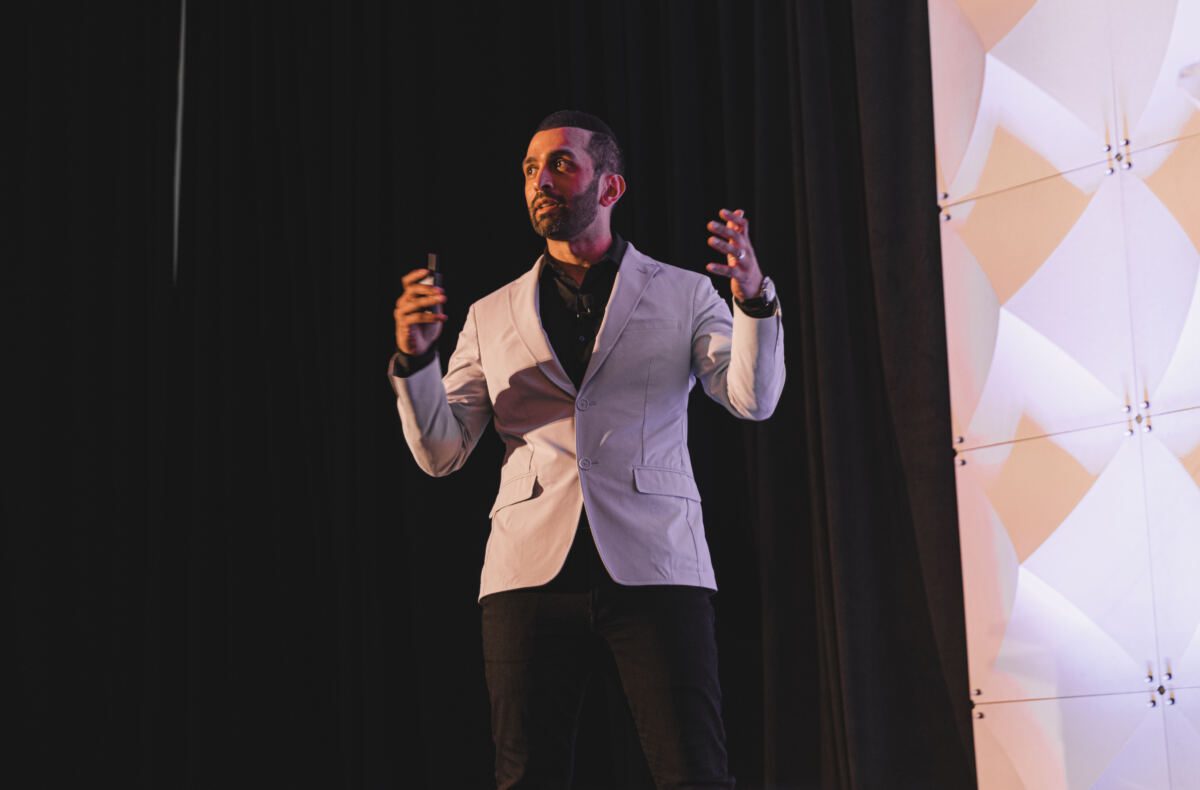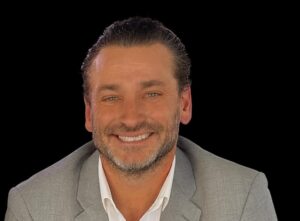America’s healthcare landscape is changing. For smaller providers, who often already struggle to balance the demands of running a business against the need to deliver quality patient care, learning to adapt poses a challenge.
Dr. Sam R. Patel, founder of the medical business consulting firm Astra Culture, has made a career out of helping medical professionals build thriving practices.
As someone who spends his days focused on the future of medicine, he’s uniquely qualified to spot emerging trends. He says medical professionals should be prepared for three: a shift to cash-based services, increasing adoption of non-invasive procedures, and a growing emphasis on the importance of business acumen.
Many medical offices are beginning to offer cash-based services because of issues with insurance reimbursements. “Everyone’s going into the cash-based world because insurance is terrible,” says Dr. Patel.
His consulting business helps medical practices start offering services — like Botox, fillers, and medical weight loss — that aren’t covered by insurance. “They would have to charge cash for it,” he says. “That’s great for the physician because now they have a cash-based service. That’s a new income source.”
Dr. Patel notes that the trend of shifting to cash-based services doesn’t mean medical offices are refusing to take insurance for medically necessary procedures. “Keep in mind, these cash-based services aren’t replacing medicine,” he says. “These are elective services. They’re things that you don’t technically need.”
Once an office has started offering an elective procedure, it has a fast, easy, and profitable way to supplement income.
Historically, plastic surgery was one of the only fields where patients paid cash for elective procedures. However, Dr. Patel notes that he’s seen patient interest start to shift away from painful, invasive procedures and toward non-invasive, in-office procedures.
That shift is understandable. Non-invasive procedures involve less downtime and often cost less than invasive procedures. And thanks to medical innovation, many non-invasive treatments can deliver results comparable (and sometimes even superior) to those of surgeries. Physicians also don’t have to be surgeons to learn how to perform most procedures.
Dr. Patel routinely helps his clients adopt some of these new technologies. “There’s one technology we work with that […] helps build muscle, helps get rid of fat, all without any sort of operation, no downtime, nothing. Any practice — family medicine, OB-GYN, dental — can buy that device.”
Dr. Patel’s clients already know that shifting their business models and adopting new therapies can make a significant difference in a practice’s bottom line. However, implementing these services is much easier said than done.
It takes considerable business acumen to successfully reshape a practice, and many — if not most — physicians don’t have the same aptitude for business that they have for medicine.
As business sense has become more important in the medical world, it’s opened up a new space for businesses like Dr. Patel’s. A doctor doesn’t need an MBA to stay competitive; they just need the right guidance.
“This subset of services can be applied to any specialty. So if a family medicine doctor wants to offer cash-based services they don’t offer now, I can help them build that into their clinic,” Dr. Patel says. “We bring the business blueprint in.”








